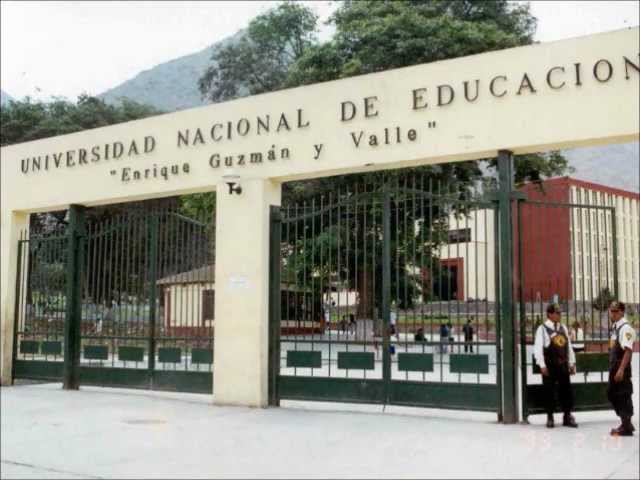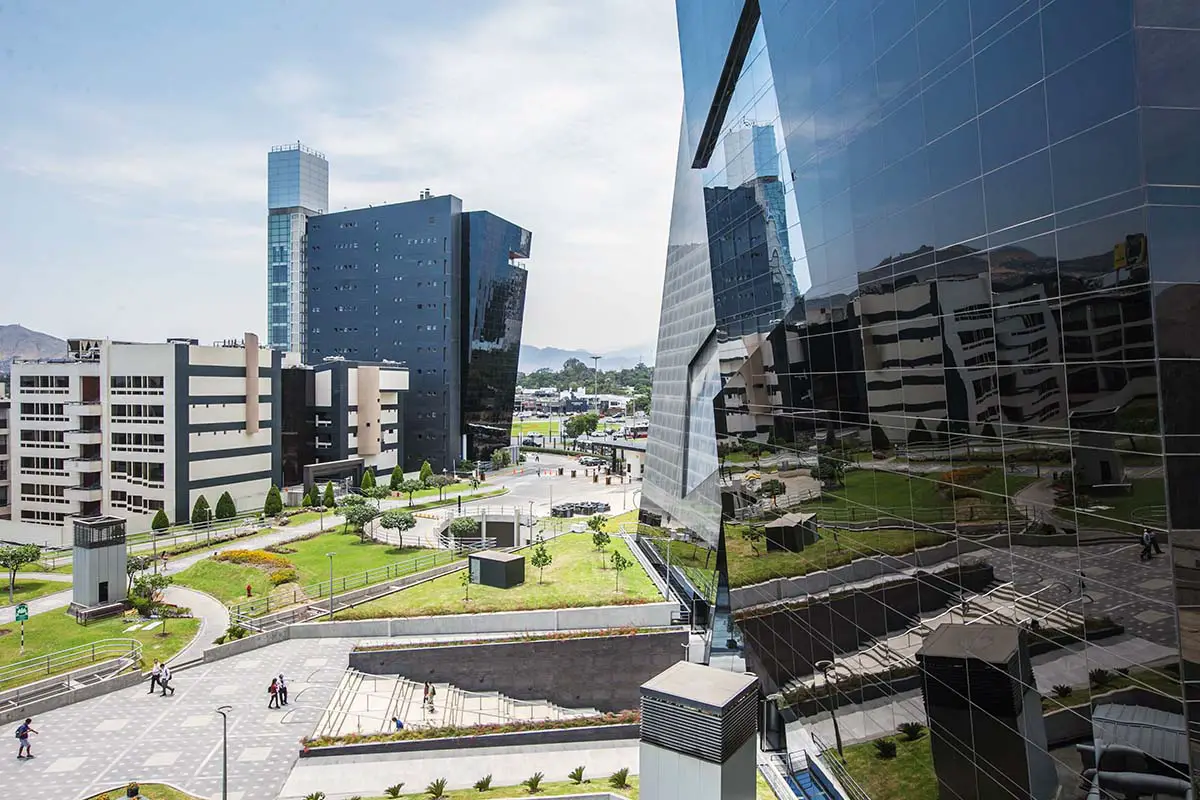This country, the ancient heart of the great Inca Empire, is a country with an amazing history and exciting present. Peru is located on the West Coast of South America, south of the Equator line with 80 world ecological habitats. Andean peaks border Machu Picchu; lush tropical rainforests,
Amazonian jungles, sandy beaches, arid deserts, remote farmland and fishing villages make up the Peruvian landscape. It has a diverse population, which comprises the Quechua Indians mestizos (a blend of Indian and European), and people of Spanish ancestry.
Peruvian families are popular for their hospitality and can be very affectionate. The Peruvian sense of privacy is a little different than other cultures, but that’s just because Peruvian families enjoy each other’s company very much! Peruvian families usually have two or more children and extended family, or adult children often live together as well.
Peruvian families are comfortable expressing their emotions and like to spend time together especially during meals and at family gatherings. Parents are usually very protective of their children, especially girls. Parental decisions are respected and followed, and the parents are the ones with the last word in disciplinary and other family matters.
Children are financially dependent on their parents until they are done with their studies at the university. Boys are usually given more freedom than girls. Girls in this country culture have less freedom than girls in most European and North American countries.
After school, a lot of your time will probably be spent socializing with new friends. Peruvian teenagers enjoy spending time out at cafes and playing soccer. Since this nation has such a long coastline and lots of beautiful beaches, surfing has become quite popular in recent years.
Dancing is another enjoyable pastime for young people in Peru and most schools have dance teams that compete. After sunset, teenagers often just hang out at home with their families and watch TV.
The official language in Peru is Spanish, while Quechua is officially recognized as a second language. Moreover, Aymara is recognized as a regional language. Peruvians are typically emotive in their communication style. They prefer an indirect communication style, favoring diplomacy and dodging of confrontation. In Peru's culture, it’s common to say what one believes someone wants to hear, rather than the truth.
Peruvians do not usually address personal conflict in public. Peruvian verbal communication comprises nicknames, particularly among close friends and family. Conversations are usually loud and comprise lively body language.
It is common for Peruvians to touch each other’s arm or back while speaking to each other. Personal space is usually smaller than in other cultures. In this country culture, direct eye contact is a sign of honesty and respect.
" Its a place to be" - Martin from Canada









